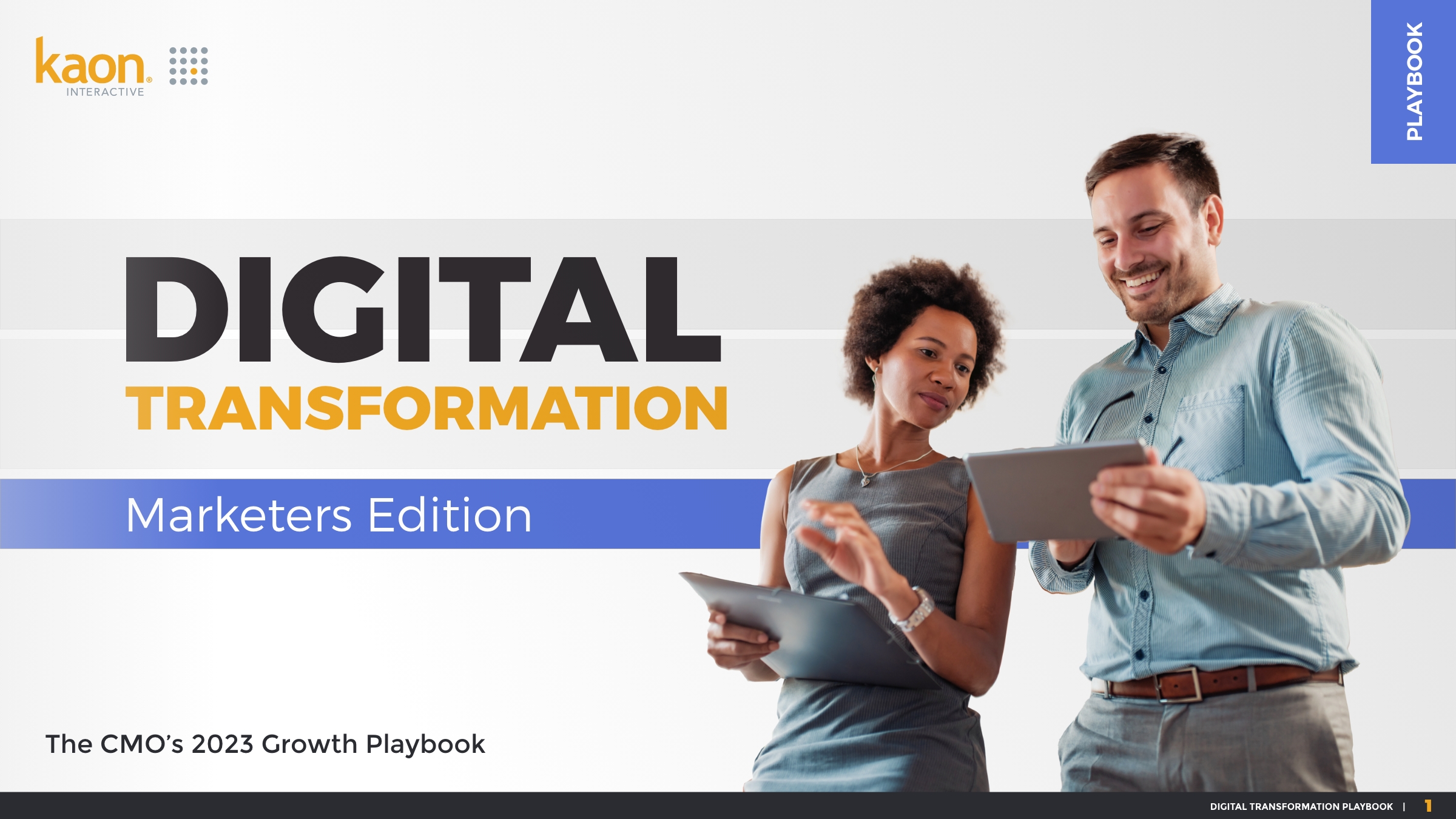blog
Overcoming the Elevator Pitch: Buying into the Buyer Experience
Estimated Reading Time: 5 minutes
Before technology became ubiquitous in every aspect of life, the buyer-seller relationship was much more of an even exchange. The door-to-door knife salesperson would demonstrate how their cutting solutions could slice through an empty can of cola and point out how the old, outdated implement you were holding couldn’t. There would be the talk of a singular pain point, a singular solution, and a price point. It was personal. It was relevant.
Or perhaps you’ve heard of the “elevator pitch,” where the seller has about 30 seconds to quickly sell you a product (or a screenplay or a shoe-shine), and you’re presented with two options: shake hands to seal the deal, or walk off at your floor never to see each other again.

Those days were a lot more cut and dry, and if you simply played the numbers game, you’d hit your quota sooner or later. Today’s sales environment, however, is far more convoluted than linear, and accosting potential buyers in elevators or on the front porch is no longer an acceptable sales tactic. The idea of a sharp or quick pitch doesn’t translate well through modern channels, and our approach needs to change with the times.
It’s a problem-solving journey, not a buyer’s journey.
With sales tactics and buyer engagement gravitating toward digital disruption channels in recent years, the reality is that the elevator pitch no longer applies to the modern buyer. What we, as marketers and sellers, need to realize is that B2B buyers do not set out to buy. They are trying to solve a problem, which often requires them to buy a product or service that will solve the identified problem.
Today’s buyer is increasingly attracted to self-driven content and experiences to become problem-aware, and then they research solutions. The challenge that this presents is twofold. First, traditional sales tactics fall flat because most buyers don’t want to talk to a salesperson until they are in the decision-making phase (if at all). Secondly, buyers are overloaded in our digital world. Inboxes are overflowing with a deluge of information, notifications are going off constantly, and virtual events and webinars are running amok, so why would anybody waste their valuable time digging and paying attention to your company?
As we further transition into a world that has said “digital marketing initiatives are here to stay,” how do we leverage technology to offer value without overwhelm? How do we make sure that we keep the personal touch of the in-person presentation in our sales and marketing strategies? Can personalized value exchanges be made through something as impersonal as a cell phone or tablet? We say yes.
Reconciling past and future sales strategies means taking the personal touch from the old world and connecting it with the tech-savvy, independent buyer of today.
Have patience for the long-term dividend.
By implementing non-linear, interactive, digital solution storytelling, you can provide buyers exactly what they are looking for, every time they look, in a way that’s personalized and engaging while moving them closer to that crucial decision-making phase. When buyers are ready to enter a sales conversation, they have several expectations of the salesperson:
- Know the journey they have been on with your company to this point – what products or solutions they have looked at, what content they have consumed, what events they have participated in, etc.
- Know them – who they are, what their challenges are, and why they are seeking a solution.
- Be consultative and strategic – they want a trusted advisor, not a seller.
Today’s buyer doesn’t want to be a captive audience being sold a bridge or two. A buyer needs space, control, education, and, when they’re ready, a strategic partner.
Understand the journey and look past the goalpost.
It’s no mystery that 98% of the enterprise buyer experience is about learning, collaboration, and consensus-building. The actual act of buying is a small part of the equation. It’s important to know that a buyer’s problem-solving journey is more erratic than linear with starts, stops and restarts. Salespeople need to adapt to the fact that seller-buyer relationships aren’t merely transactions, and they rarely end with the closed deal. Thus, salespeople need to be equipped to collaborate with buyers on solutions – to solve problems, not simply to sell products.
“Salespeople need to be educated about products or solutions, or the conversation won’t last more than five minutes. We need to make them savvy enough to understand everything about that customer and our solutions. That is a transformation that we need to go through. We are on a journey right now, but we’re not there yet.”
–Tathagata Basu, Vice President – US and Canada, Gas Analytics and Safety, Honeywell
Tell the right story with a focus on value.
Connecting to a buyer with a common goal and allowing them to explore your solution from the driver’s seat has lasting results. For example, NetApp uses digital storytelling to bring hardware to prospects and increased web sessions by 78%.
“We wanted to up-level the conversation, and we wanted our sellers – whether they are NetApp, Cisco, or other partner sellers – to focus on the overall solution and the challenges that our customers face. We wanted to talk about the Data Fabric and then, ultimately, lead the conversation down from those challenges that customers face to the FlexPod solution.”
— Jennifer Edgell, Cisco Alliance Director, NetApp
The elevator pitch for this article (in summary).
The simple truth is that buyers will no longer respond to traditional sales tactics, and it may even turn them away. Conversely, nobody wants to weed through their waste bin (virtual or otherwise) to find the information they’re looking for. Give buyers what they want and approach them with active, personalized, productive, and relationship-building conversations. Step into the elevator, not to make a sale but to solve a problem.
Get your copy →

Smart marketing leaders know digital transformation is an ongoing process vital to surviving recessions. Learn how they’re using technology to meet evolving buyer demands.


